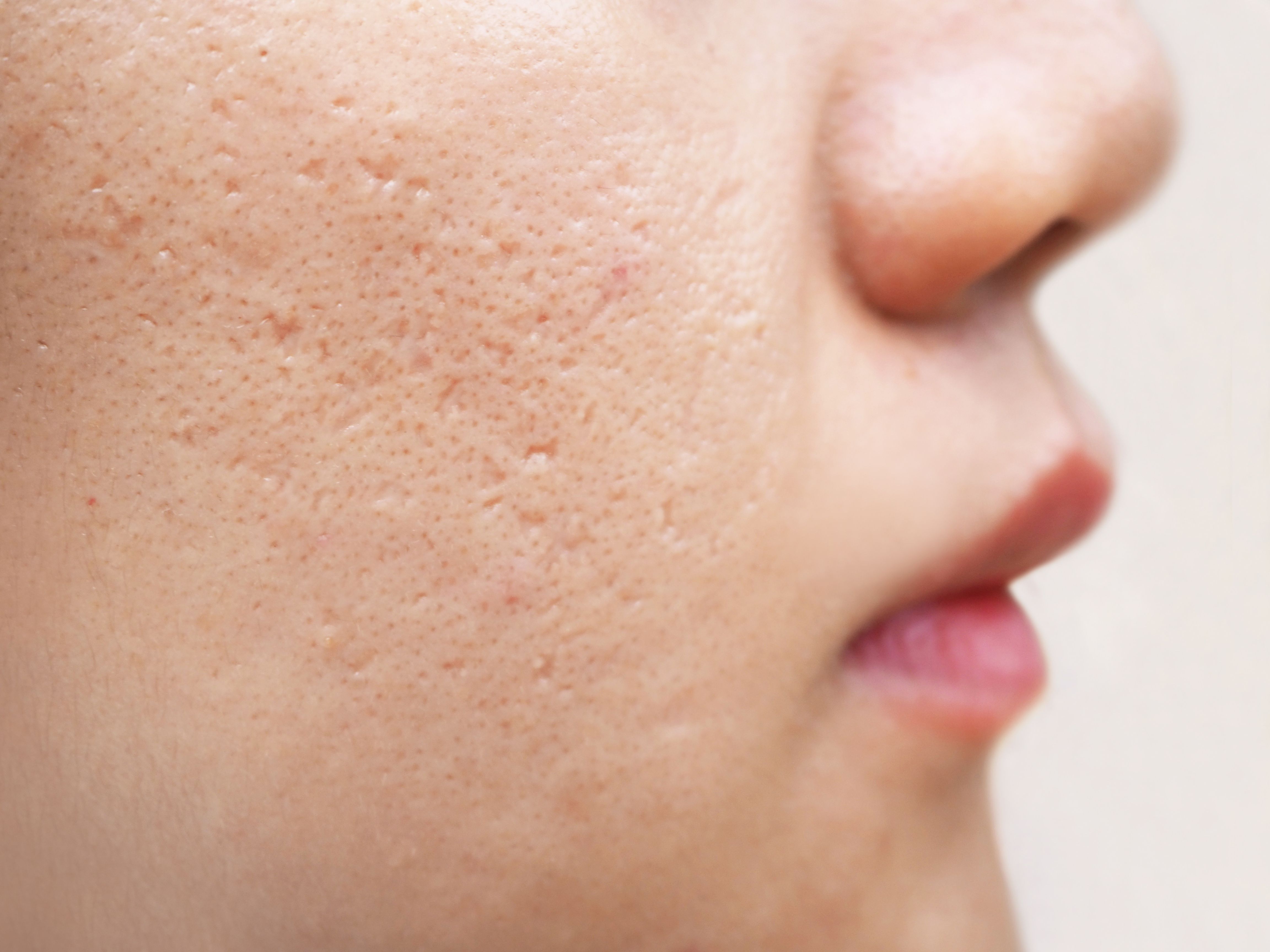- Acne
- Actinic Keratosis
- Aesthetics
- Alopecia
- Atopic Dermatitis
- Buy-and-Bill
- COVID-19
- Case-Based Roundtable
- Chronic Hand Eczema
- Chronic Spontaneous Urticaria
- Drug Watch
- Eczema
- General Dermatology
- Hidradenitis Suppurativa
- Melasma
- NP and PA
- Pediatric Dermatology
- Pigmentary Disorders
- Practice Management
- Precision Medicine and Biologics
- Prurigo Nodularis
- Psoriasis
- Psoriatic Arthritis
- Rare Disease
- Rosacea
- Skin Cancer
- Vitiligo
- Wound Care
News
Article
Patients With Acne Vulgaris Exhibit Lower Levels of Serum Zinc, Selenium, and Vitamin D Than General Population
Author(s):
Patients with acne also had higher rates of abnormal zinc and vitamin D levels, especially in severe cases.
Levels of serum zinc, selenium, and vitamin D in patients with acne vulgaris are significantly lower than that of the general population, according to a study published in the Journal of Cosmetic Dermatology.1
Furthermore, in contrast, researchers reported that abnormal zinc and vitamin D levels were more frequently and significantly higher among individuals with acne.
Background and Methods
Previous research has explored the relationship between serum levels and dermatologic conditions. In vitiligo, for example, it has been reported that serum concentrations of vitamins D and zinc are lower in patients with the condition than in individuals without it. In contrast, selenium levels are higher in individuals with vitiligo.2
Relative to acne, a 2020 study published in Clinical, Cosmetic and Investigational Dermatology reported that individuals with acne vulgaris have significantly lower serum levels of vitamin D compared to healthy controls, with no significant correlation was observed between vitamin D levels and acne severity.3
With this previous research and findings in mind, authors of the present study, Kazeminejad et al, sought to compare serum nutrient levels in patients with acne versus a control group.
The case-control study involved 100 patients with acne vulgaris and 100 patients without acne vulgaris who were attendees of the same dermatology clinic in 2020. Patients were required to be greater than 18 years of age and must have received a diagnosis of acne by a dermatologist practicing at the clinic. Individuals with other types of acne, chronic underlying conditions, or who recently received oral anti-acne treatments, oral corticosteroids, vitamin D, zinc, or selenium supplements, or phototherapy, were excluded from participation.
Researchers collected peripheral blood samples, of which 2 mL were placed with anticoagulants, and 3 were mL placed alone. The 3 mL sample was then spun in a centrifuge, split into 2 parts, and stored at −20°C and −80°C.
Findings
Both the acne vulgaris (n=100) and control (n=100) groups were matched closely in terms of age, gender, weight, height, and body mass index. Occupation, alcohol consumption, and tobacco smoking were also similar across the groups, indicating that these variables were unlikely to influence the observed differences in nutrient levels.
Among patients with acne, the average duration of acne was approximately 60 months. Disease severity varied, with the majority classified as grade 3 (31%) or grade 2 (29%). Grade 4 acne, indicative of the greatest severity, was the least common, affecting 17% of patients. Acne lesions were predominantly located on the face (41%), though some patients had lesions on the trunk or neck, as well.
Relative to nutrient findings, researchers reported notable differences in serum levels of zinc, selenium, and vitamin D between patients with acne and the control group.
Individuals with acne had markedly lower serum zinc levels compared to controls (average of 78.9 μg/dL vs 105.5 μg/dL). Abnormal zinc levels were observed in 12% of patients with acne, whereas only 1% of controls demonstrated abnormal levels.
Levels of serum selenium were also much lower in the group of patients with acne (average of 58.3 μg/L vs 100.6 μg/L). Abnormal selenium levels were found in 12% of acne patients compared to 7% of controls, although this difference was not deemed statistically significant.
Furthermore, patients with acne also exhibited lower levels of vitamin D (average of 16.9 ng/mL vs 27.7 ng/mL). A significant proportion of those with acne (86%) had abnormal vitamin D levels, in contrast with 65% of controls.
Researchers also investigated how nutrient levels varied with the severity of acne, noting that levels of zinc were lowest in patients with grade 4. Regarding selenium, researchers observed similar, yet less pronounced patterns of difference among patient groups. With respect to vitamin D, patients with grade 4 acne also exhibited the lowest vitamin D levels.
Conclusions
"Patients diagnosed with acne vulgaris exhibited decreased serum levels of zinc, selenium, and vitamin D in comparison to the control group," according to Kazeminejad et al. "Moreover, a relationship existed between disease severity and reduced levels of these nutrients."
Potential limitations of the study, as noted by its authors, included a sample size based only on zinc data and a lack of consideration of participants' diet or exposure to sunlight.
In future research, researchers recommended that factors such as nutritional status, sunlight exposure, and hormonal disorders be considered, as well.
References
- Kazeminejad A, Hajheydari Z, Taghian SS, Gholizadeh N. Serum zinc, selenium, and vitamin D levels in patients with acne vulgaris: A case–control study. J Cosmet Dermatol. July 25, 2024. https://doi.org/10.1111/jocd.16494
- Iraji F, Seyedyousefi S, Heidari A. Serum vitamins and trace elements in vitiligo patients: a systematic review and meta-analysis of observational studies. J Am Acad Dermatol Venereol. April 28, 2024. https://doi.org/10.1002/jvc2.432
- Alhetheli G, Elneam AIA, Alsenaid A, Al-Dhubaibi M. Vitamin D levels in patients with and without acne and its relation to acne severity: a case-control study. Clin Cosmet Investig Dermatol. 2020;13:759-765 https://doi.org/10.2147/CCID.S271500
Newsletter
Like what you’re reading? Subscribe to Dermatology Times for weekly updates on therapies, innovations, and real-world practice tips.












